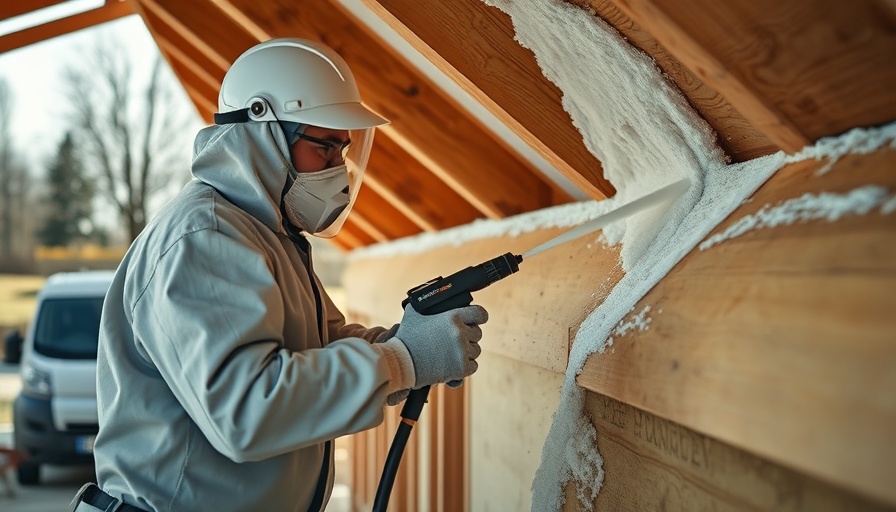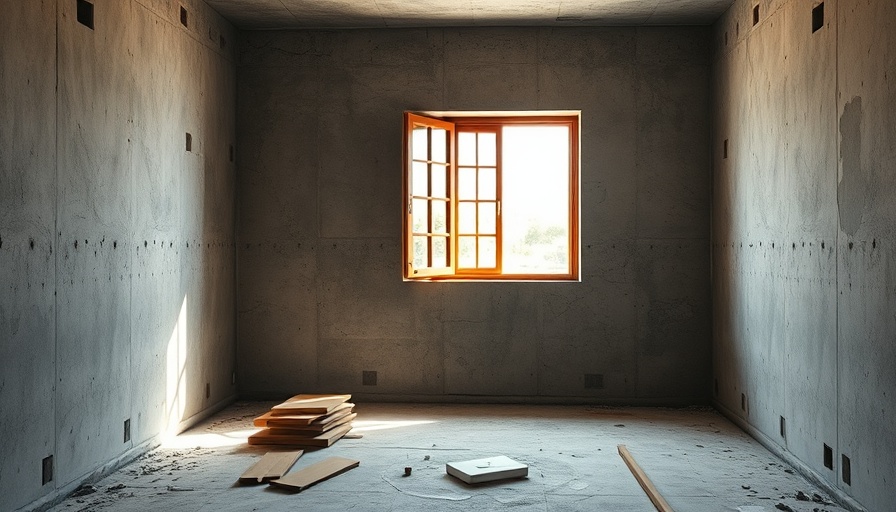
Understanding Condensation in Winter Construction
Condensation between insulation and sheathing poses a significant challenge during winter construction, often leading to potential damage if not addressed properly. As temperatures drop, warm, moist air from inside a building rises and can reach chilly surfaces behind insulation. When this occurs, the moisture in the air can condense, turning into water droplets or even frost, which can then cause rot and mold issues if not managed correctly.
Why It Happens
Cold weather primarily leads to condensation due to air leakage rather than diffusion. When air leaks out, it encounters the cold sheathing and results in condensation or frost formation. This accumulation can lead to leaks when the frost thaws and can have serious implications, such as rotting wood and mold growth, especially if the air inside is not well regulated. Designing your insulation to manage temperature differences can significantly lower the risk of condensation occurring.
Effective Solutions
To combat this issue, builders and homeowners need to ensure adequate insulation is installed, particularly on the exterior. Using exterior insulation effectively warms sensitive surfaces within walls, reducing the chance of condensation significantly. Additionally, introducing proper ventilation strategies can help dissipate moisture build-up, thereby protecting the structure from damage.
Common Misconceptions About Attic Condensation
Many homeowners mistakenly think condensation is indicative of a roof leak. While poor insulation and ventilation are often the culprits, understanding the signs of condensation—notably dark stains, mold, or dampness in the attic space—can empower homeowners to take corrective measures rather than panicking over potential roof issues.
By implementing these prevention strategies and addressing insulation thoroughly, construction in winter can proceed smoothly, securing both the health of buildings and the safety of homeowners.
 Add Row
Add Row  Add
Add 




Write A Comment